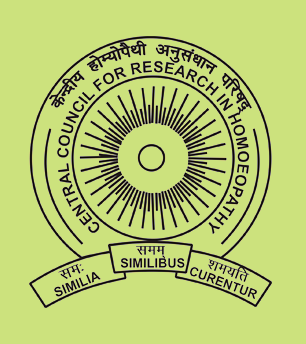Indian Journal of Research in Homoeopathy
Keywords
succussion; electrical conductivity; high dilutions; distilled water; modeling
Article Type
Original Article
Abstract
The most common way to perform succussions is to place a liquid preparation inside a glass vessel and beat it vigorously against a hard elastic surface, either manually or using a mechanical apparatus. This procedure has been assumed able to transfer mechanical energy to the molecular level, where it becomes available to perform chemical work. Such interpretation has been enforced by observed changes in the electrical conductivity (EC) of High Dilutions (HD) due to succussion. In order to address this question, we compared the electrical conductivity changes of HD prepared from Vincristine sulfate (VCR) samples with those of an inert solvent. Samples were produced through manual and mechanical succusions in order to observe the influence of bubbles production. The results confirmed the timing of EC changes but these were equivalent for VCR and solvent, except for VCR 1cH samples. Also, the production of bubbles does not affect the EC in an extent able to distinguish succussion procedures. We concluded that the physical-chemical properties of HD can be modeled by chemical and diffusive mechanisms typical of distilled water.
Digital Object Identifier
10.53945/2320-7094.1799
Publisher
Central Council for Research in Homoeopathy
How to cite this article
Holandino C, Harduim R, da Veiga V, Garcia S, Zacharias C. Modeling Physical-Chemical Properties of High Dilutions: an electrical conductivity study. Indian J Res Homoeopathy 2008;2:1-9. doi: 10.53945/2320-7094.1799



